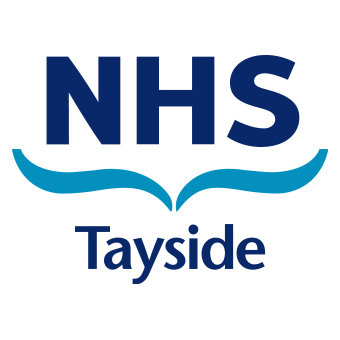East of Scotland blood transfusion "code red" policy

East of Scotland blood transfusion centre (ESBTC): policy for providing emergency transfusion support to haemodynamically unstable pre-hospital polytrauma patients.
Objectives of policy:
1. Introduction
1.1 NHS Tayside currently provides an emergency response team whose role is to provide medical care and support to patients in a pre-hospital environment. Many of these patients will have suffered substantial injuries and be haemodynamically unstable.
1.2.1 NHS Tayside has developed a “code red” alert system which enables the Emergency Department to alert the clinical team needed to support this casualty. Current evidence would indicate that these patients would benefit from aggressive transfusion support that is designed to prevent the development of a significant coagulopathy.
1.2.2 Our intent is to ensure the delivery of appropriate, timely and pro-active transfusion support to polytrauma patients who are haemodynamically unstable.
2. Procedure
2.1 ESBTC biomedical scientists will be notified of a “Code Red” via the switchboard cascade pre-alert system. Number of casualties, gender and expected time of arrival should be given.
2.2 When this request is received, 4 units of O negative blood, 4 units of group AB FFP and one unit of group A or low titre group O platelets will be issued to A&E (for each patient who is deemed to need this by the clinician responsible for their care).
2.3 If more than 2 severely injured trauma patients are expected, then this is to be declared a BTS major incident. The BMS is to take appropriate action in accordance with SOP DUN XM 042 08 “Action to be taken by Laboratory Staff and Medical Staff in the Event of a Major Incident.”
2.4 These components will be transported by ESBTC staff (from 0800 –2200), or by hospital porters (from 2200 –0800) to the Accident and Emergency Department.
2.5 On arrival, the ESBTC member of staff or hospital porter are to wait with the blood until the casualty has arrived and hand over the components to the team responsible for the care of the casualty. The ESBTC member of staff or porter is then to return to ESBTC with a blood grouping sample and request form from the patient(s).
2.6 If, following admission of the casualty, it becomes clear the blood components are no longer required,the ESBTC member of staff or porter should return to ESBTC laboratory with these components.
3. Responsibility
- It is the responsibility of the BMS to issue the components in accordance with the relevant SOP.
- The BTS medical officer is responsible for adding appropriate transfusion advice when required.
- ESBTC member of staff or hospital porter is responsible for:
- taking the blood and blood components to the Accident and Emergency Department.
- returning to ESBTC with an appropriate blood grouping sample(s) and request form(s).
- returning the blood components to ESBTC if they are no longer needed.